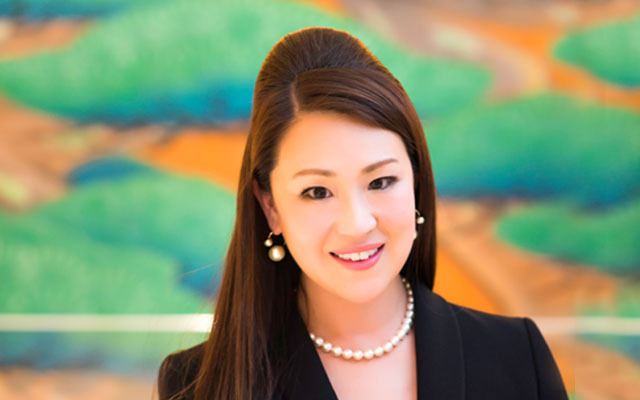Established in March 2019, the Japan MICE Association had to face challenges posed by the pandemic before its first anniversary, but it is determined to prepare Japan’s business events industry for a bright future post-Covid-19. Naomi Mano, the association’s chairman and CEO of Tokyo-based boutique hospitality consultancy Luxurique, shares more.

What inspired the creation of the Japan MICE Association?
Historically, Japan has been very good at doing conventions. Japanese newspapers often refer to MICE with the word “conventions” in parentheses so, to a Japanese, MICE is about big tradeshows, conventions or summits. There is still this miscommunication.
In the past few years, I’ve been running meetings and incentives with my company Luxurique, but I couldn’t get people to work with me for smaller meetings, incentives or tailored events. As there was this huge gap in understanding, I decided to set up the association, which focuses on the meetings and incentives aspects of MICE.
What other challenges does Japan face and how is the association helping to address them?
With a lack of experience and knowledge related to meetings and incentives, Japanese companies can have problems communicating with clients. Our goal is to help them speak the same language. We want Japanese companies to understand that a meeting or incentive needs to be on brand, managed to perfection and reflect the values of the company, from the moment the client touches down in Japan to the moment they leave. That’s the component that we’re trying to bring to the table, not a cookie-cutter offering.
What are the association’s goals?
Japan’s inbound market has grown so rapidly, but there is still room to grow and room for us to become better in what we do. We want members to grow the market together and ensure that Japan becomes a destination for meetings and incentives.
To achieve that, we are putting together study groups and educational seminars. We exist to educate everyone, encourage peer learning and offer mentorship for companies. Our goal is a community in which members work together rather than fight for market share. In five years, I envision every member to have grown profoundly, maybe even fivefold.
How is the association working with partners and stakeholders?
We are working very closely with PATA (Pacific Asia Travel Association) and hope to learn from our peers across the Asia Pacific. Lots of Asian countries have grown substantially in the meetings and incentives space in the past decade, but Japan has stayed put. I think a lot of companies in Asia Pacific want to send their meetings and incentives here, so we are in a strong position as long as we develop our knowledge and capability together.
In Japan, we are working with a lot of cities and prefectures because they believe their city is not big enough for a huge convention but can be a good place for a meeting or incentive. Osaka, Fukuoka and Kyoto are currently popular for meetings and incentives, but we are only seeing the tip of the iceberg in terms of demand. Third-tier cities will become popular, particularly in the next few years, as they are smaller and more isolated. We want to educate them to help them prepare for business groups.
How has the association been affected by Covid-19 and what does the future hold?
It’s made us take a step back a few years and has impacted business for members. We’re now holding online conferences because we want members to understand the full meaning and potential of MICE and be ready when people come back. Japan has been listed as a number one destination that people want to travel to once borders open.
Post-Covid-19, we may not have huge conferences coming in for a while, but we will see demand among smaller incentive groups of five, 10 or even 20 people. These groups will want deeper experiences, so members must ensure they offer value. In the next few months, we want to educate members on the value that meetings and incentives need to offer in order to appeal to inbound clients.





















